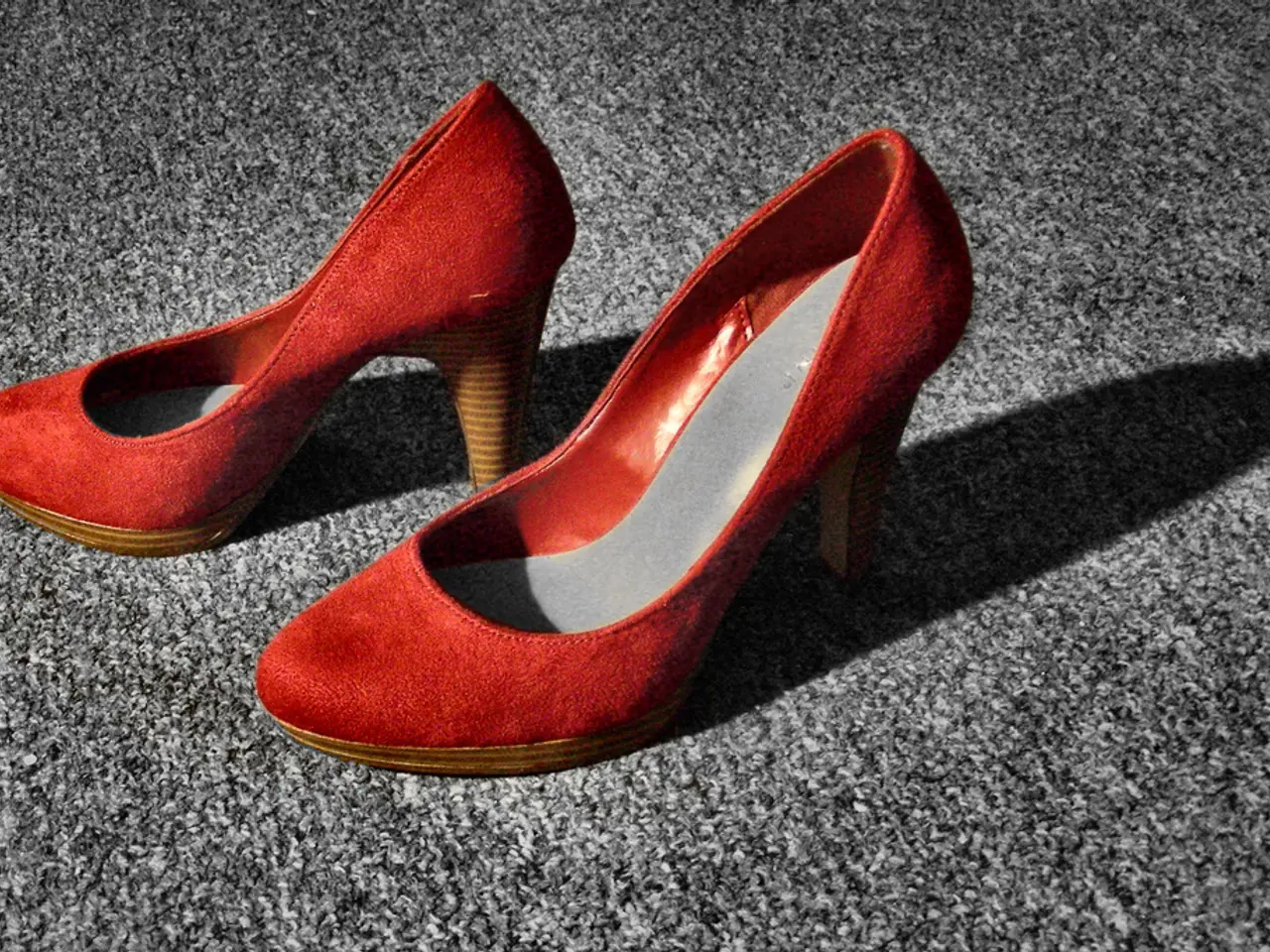Options for correcting toe misalignment:
Toe deformities such as Hallux Valgus, Schneider's Bunion, hammer toe, and claw toe are common issues that can cause discomfort and affect mobility. These deformities are often caused by factors like improper footwear, muscle imbalance, genetic predisposition, and foot injuries or arthritis.
Causes
Improper footwear, particularly tight, narrow, or high-heeled shoes, commonly contribute to toe deformities by compressing toes and causing abnormal bending. Imbalance between intrinsic and extrinsic foot muscles can also cause deformities like hammer toe where the toe bends abnormally. Genetic factors may predispose individuals to conditions like hammertoes and bunions. Previous injuries or inflammatory joint diseases can initiate or worsen deformities, while mechanical stresses from foot structure or gait abnormalities can contribute to conditions like Hallux Valgus and bunions.
Symptoms
Visible bending or curling of the affected toe joint(s) is a common symptom. This can manifest as inward bending in Hallux Valgus or curling downward in hammer toe. Mild discomfort progressing to stiffness and pain, especially when walking or wearing shoes, is also common. Skin changes such as corns, calluses, or redness due to friction and pressure may develop, and reduced mobility can lead to balance and gait issues.
Treatments
Conservative management, which includes wearing wider shoes with a generous toe box to reduce pressure on the affected toes, using orthopedic shoe inserts or pads to relieve pressure points and improve toe alignment, and performing toe exercises to improve muscle balance and joint flexibility, can slow the progression of these deformities. Taping or splinting can maintain toe position, especially in early or moderate cases.
In severe or fixed deformities, surgical correction may be necessary to realign bones and repair soft tissues. Minimally invasive techniques are available in specialized foot care centers.
Each deformity has its nuances:
- Hallux Valgus is characterized by lateral deviation of the big toe at the metatarsophalangeal joint, often leading to a bunion (a bony bump).
- Schneider's Bunion is a specific localized prominence often related to foot biomechanics issues, with similar causative factors as Hallux Valgus.
- Hammer toe involves bending of the middle toe joint, forming a hammer-like appearance; it is caused by muscle imbalance, footwear, and injuries.
- Claw toe generally involves hyperextension at the metatarsophalangeal joint, with flexion at the proximal and distal interphalangeal joints. It is often linked to neurological disorders or muscle imbalances.
Early recognition and timely intervention are critical to preventing progression to irreversible deformity and to maintain comfort and mobility. If complaints do not improve and the deformity is advanced, surgery is often the only option. Regular exercises to stretch the toes and circle the feet can help keep the feet mobile and well-circulated. It is advisable to wear shoes that give the toes room to move but provide support, and to avoid shoes that are too tight or too short, as they can cause toe deformities over time. A medical check-up is recommended for crooked and misaligned toes.
Science and medical-conditions like Hallux Valgus, Schneider's Bunion, hammer toe, and claw toe are often linked to health-and-wellness issues such as fitness-and-exercise, as improper footwear, foot injuries, arthritis, muscle imbalances, and genetic factors can cause these deformities. Regular health-and-wellness practices, such as wearing appropriate shoes for exercise and daily activities, performing toe exercises, and staying aware of potential symptoms like visible toe deformities or pain, can help prevent or manage these conditions.




